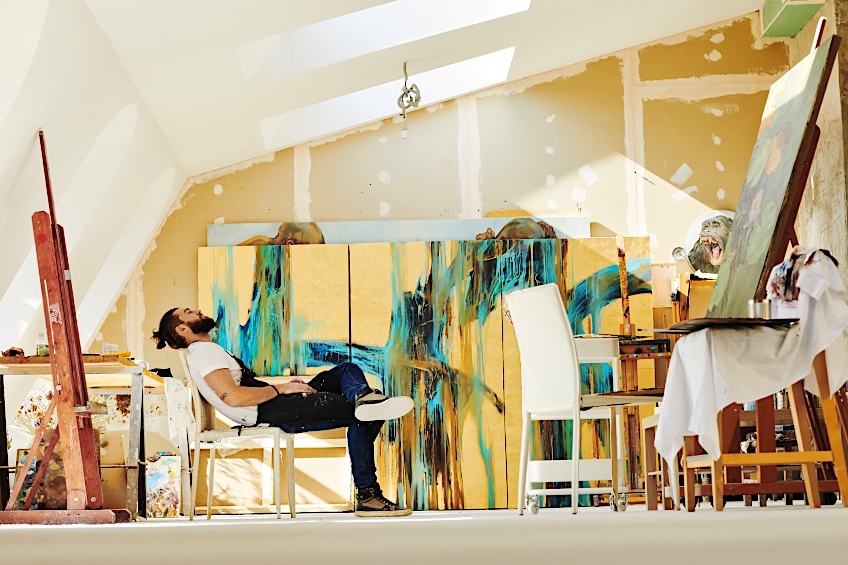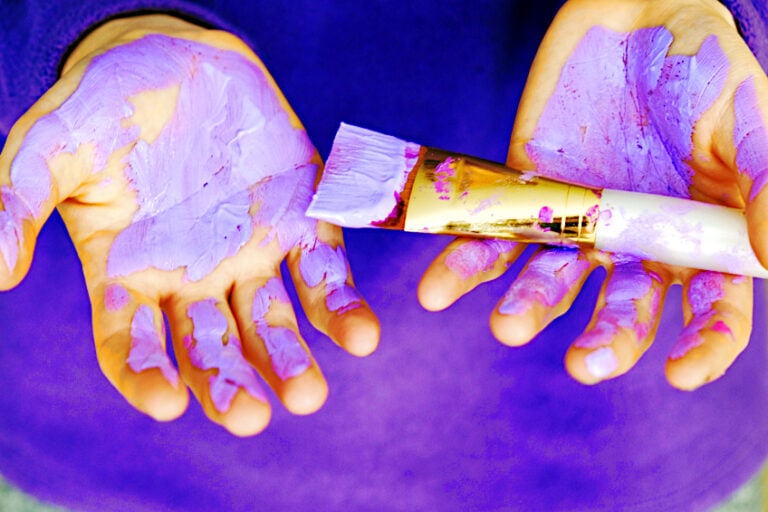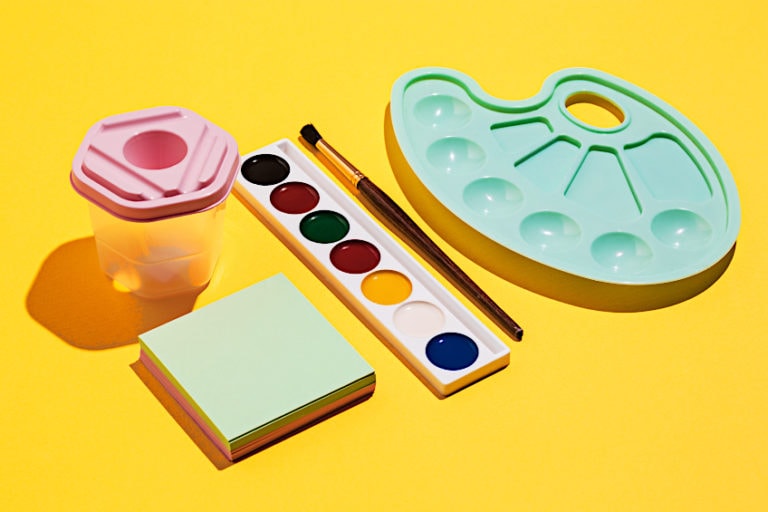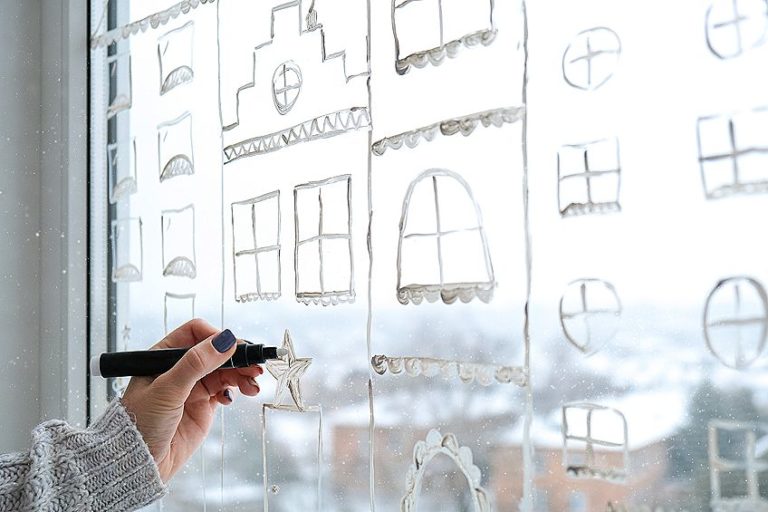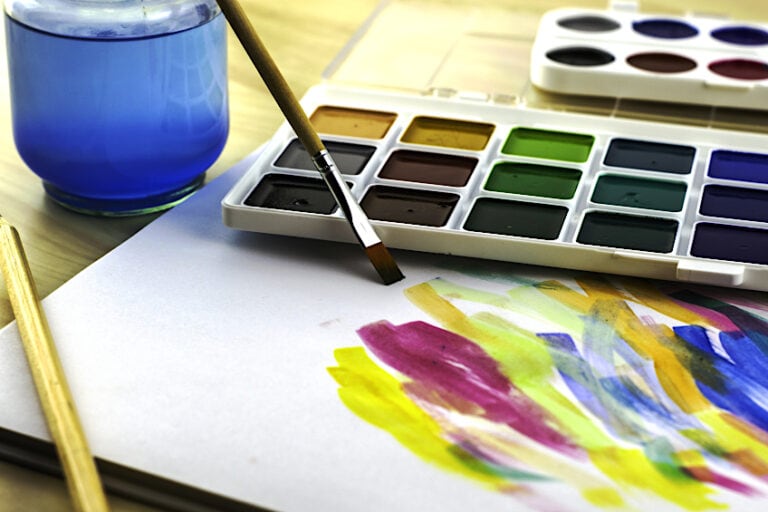How to Make Oil Paint Dry Faster – The Best Methods
This post may contain affiliate links. We may earn a small commission from purchases made through them, at no additional cost to you.
Oil paint is profound in its beauty, and the skill one needs to master it is one that comes with effort, but once mastered it is an enormously gratifying experience. The only downside is the oil paint drying times, and how slow the process usually takes. This tutorial will teach how to make oil paint dry faster, so that you can avoid any smudges from mishandling your artwork whilst it is still drying. This will also help you add layers that need to be applied after the paint has dried. We will cover what fast drying oil paints are, and the best brands to buy from, as well as how to dry oil paints overnight. Keep reading if you want to know how to dry oil paints fast, so your artwork can be completed faster!
Table of Contents
- 1 Oil Paint Drying Factors
- 2 How to Dry Oil Paint Fast
- 3 Oil Paint Drying Time Comparison Table
- 4 Frequently Asked Questions
Oil Paint Drying Factors
Oil paint drying times depend on several factors but are predominantly done through a process called oxidation. Other paints like acrylic paint or watercolor paint will dry by evaporating. Have you ever noticed how rotting fruit like apples go a brownish tinge as they start to decompose? This is the same concept, except we w\are relieved to say that there will be no brownish tinge for your oil paints, they will maintain their color.
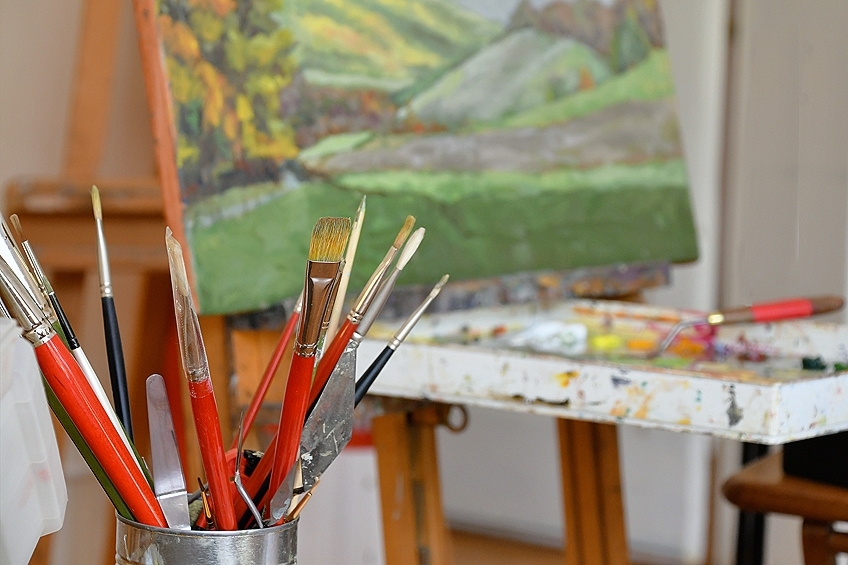
Oil paint can take anywhere from eight hours to a couple of days to dry, which can be the bane of your existence if you are working with a deadline, or are planning on creating a last-minute gift. Other factors that influence the oil paint drying times include the type of climate you are living and painting in, is it humid or dry, cold or hot? To help you understand how to make oil paint dry faster, you must first understand what oil paint is and how it typically works.
Paint Layer Thickness
The thickness of the oil paint that you apply will affect how long it takes for it to dry. It is logical to think of a thicker layer of paint taking far longer to dry than if you applied a thin layer. Painting techniques such as impasto, which requires the painter to apply thicker paint layers, might take as long as a week to dry to the touch, could be used to create this effect. You might be able to achieve quicker results if you use a wet-on-wet technique.
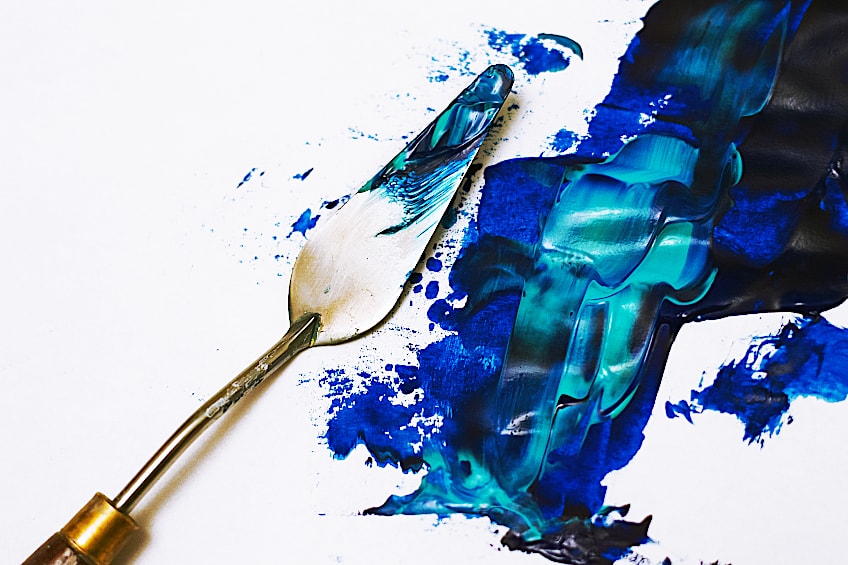
Various Types of Oils Found in Oil Paint
When you are using oil paint, the types of oil in the paint can influence the length of drying time. For instance, linseed oil can dry to the touch in two to three days, while safflower oil can take three or more days to dry when you touch it. It takes even longer for poppy seed oil to dry than any other oils that are used in oil paints, so it is important to take note of which oil base your paint contains. If you are looking for a faster drying oil paint, you should look out for oil paints that are mixed with linseed oil, which is easy because it is the most often used oil for oil paints.
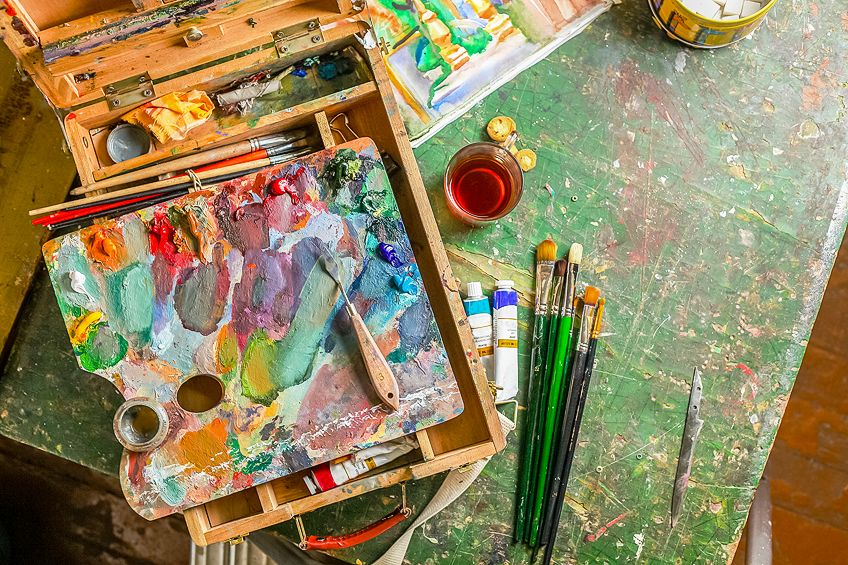
Brand of Oil Paint
The various art brands that have oil paint products all have varying dying times between them, so they are not the same. Some brands use certain oils, whereas other brands use others. You will also find that other brands tend to use other drying mediums that will speed up the drying time, and other brands will keep it old-school by keeping the paint the typical formula.
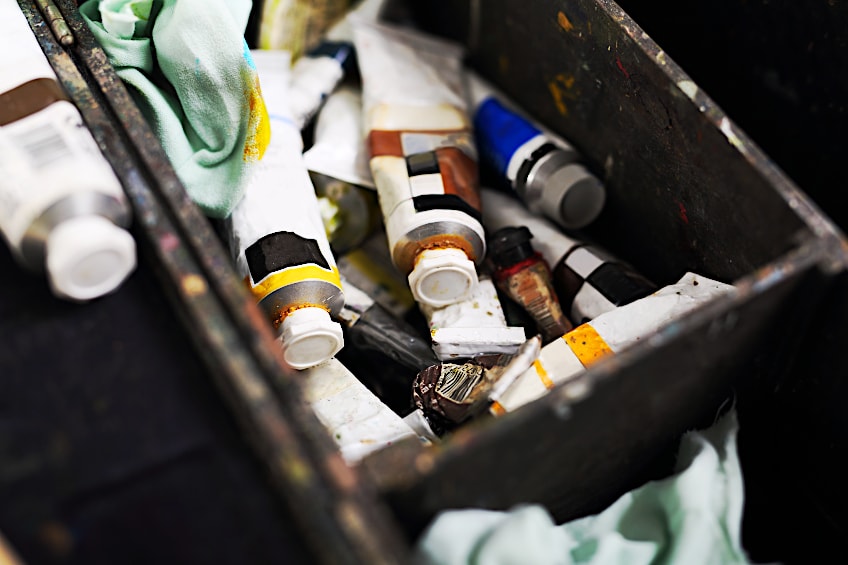
Paint Pigment
As well as having varying drying times, a variety of color pigments also tend to influence the drying times, and each pigment has its length in drying, which means that some pigments tend to dry more slowly than others. In general, earthy tones like brown or orange, or any paints with iron oxide tend to dry more quickly than other types of paints. Some faster drying color examples include:
- Raw and Burnt Sienna
- Cobalt Colors
- Burnt Umber
Painting Environment
Where your painting workspace is located and the climate that comes with it, has a significant influence on the drying time of your oil paint. If your workspace is humid, then paint will take longer to dry. Cold temperatures would have the same effect. We recommend working indoors and putting the air conditioning on to dry out the air. But, if you are lucky enough to live in a warm and dry climate, then you can go paint outside in the sunlight.
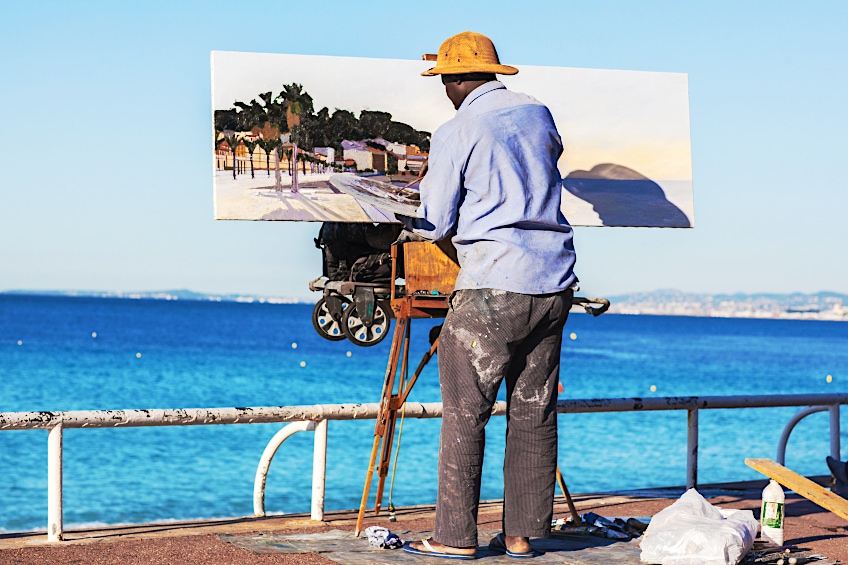
Painting Surface
Next, we are to decide on the type of surface you wish to paint on, and your choice will determine the length of time you will wait for the paint to dry. If you choose to paint on a surface that is not as absorbent or porous, then you can expect to wait a longer period for the paint to dry. This will not be the case for any surface that is more porous and therefore, more absorbent, like wood or canvas.
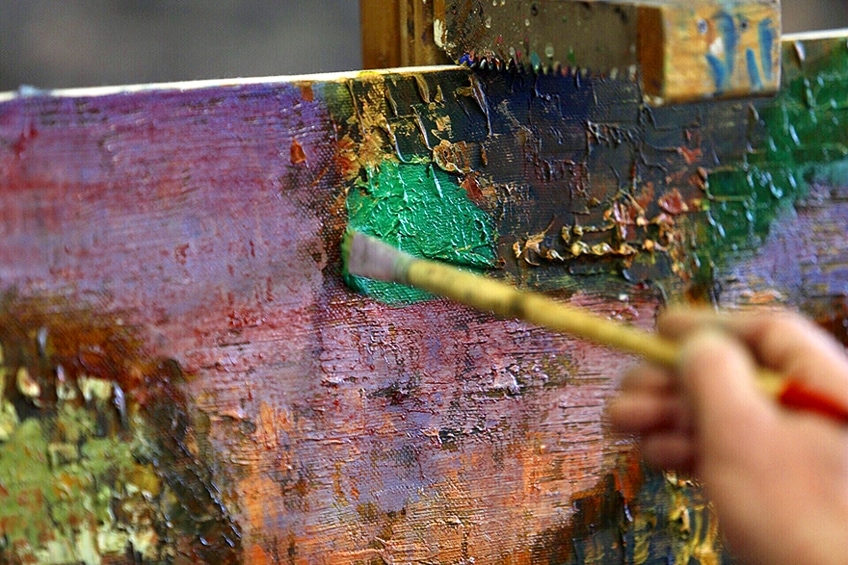
Age of the Paint
Make sure that the paint you are painting with is not too old. If you pick up a tube or a tub of oil paint that has been there for a suspicious amount of time, then make sure you check the expiry date. The drying process which is called oxidation might have started already.

How to Dry Oil Paint Fast
Since you have now read some of the factors that can affect the drying time of oil paints, you can determine how to dry oil paints fast. If you choose to use certain techniques like the wet-on-wet or blending, but usually you will be waiting a while between each layer of paint that you add. Here are some suggestions from us on how to make oil paint dry faster.

Choose a Suitable Painting Environment
As we have mentioned before, the environment you live in plays a big role in how long it takes for paint to dry. When you work in an area that is equipped with good enough circulation of airflow and is dry, you can shorten drying times by making that your workspace. If you would like to improve the circulation of air in your room, try using a fan or opening a window. It is important to keep in mind that you should be aware of dust when using a fan. Make sure that the fan is free of dust, as it could be problematic.
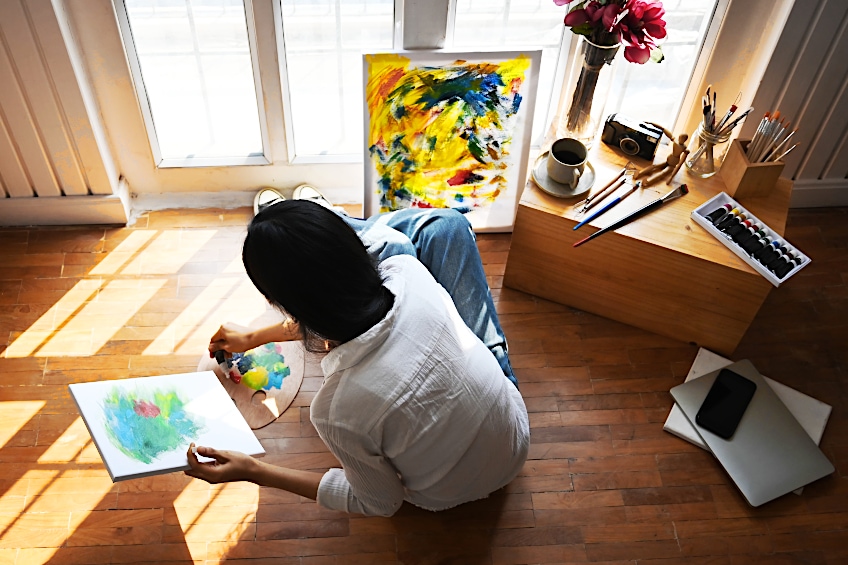
Using Heat with Your Oil Paints
If you have a room in your house that can be warmed with some heating via the thermostat, then we recommend leaving your painting to dry there. Be wary of fading the paint to a yellowish tinge in the case that you use a heat gun, the rapid temperature increase is not the most ideal method for drying oil paints. If you do choose to use a heat gun for drying your oil painting, then make sure you do not exceed 130 degrees Fahrenheit.
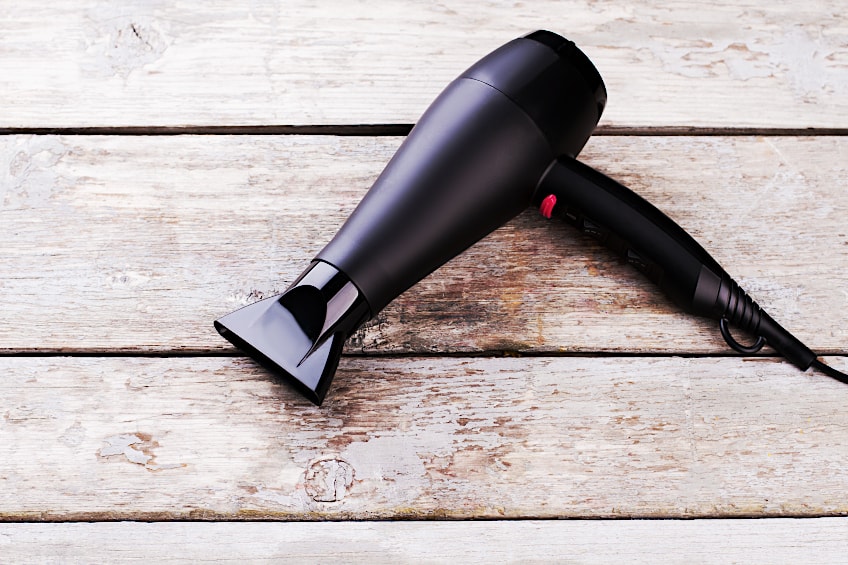
Painting in Thinner Layers
Some techniques call for the paint to be added in different layers, and you, as the painter, would have to wait for each layer to dry properly before the next layer can be added. One thing is, that you would need to apply very thin layers unless you have a lot of time to wait in between. The technique called, “fat over lean” asks for the thinnest layer to be painted at the bottom, and you would gradually paint thicker layers. It is important to use these solvents with caution because they produce toxic fumes which can be hazardous if inhaled, so you should make sure you do not breathe them in. There are also odorless and non-toxic solvents that are specifically designed for this purpose that are available as well.
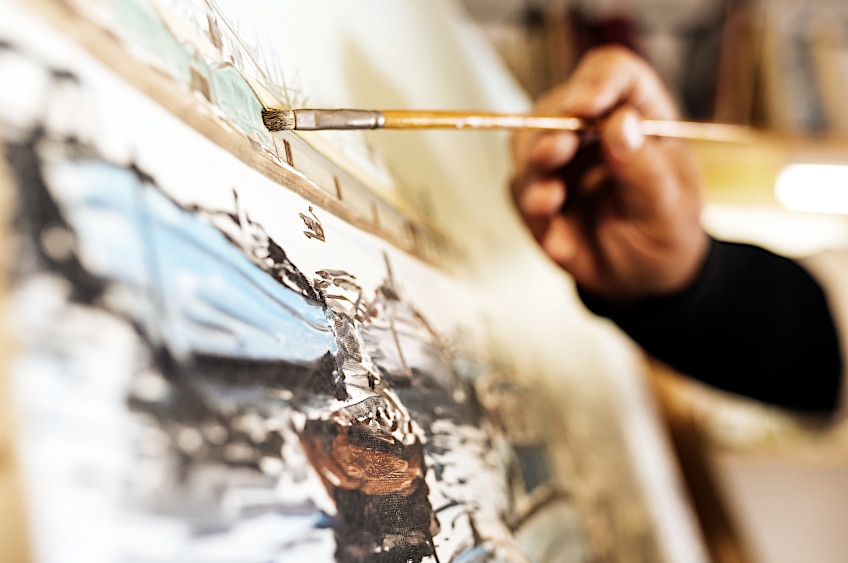
You may consider using a citrus-based medium or using Spike Lavender oil to achieve your goal. You can of course, thin out the paint with more oil, but that will also increase the time you will wait for the paint to dry, which is the opposite of what we want. We want fast-drying oil paint, or to learn how to dry oil paint faster.
Thinning your Oil Paint with Solvents
When mixing solvents with oil paints to thin out the consistency of the oil paint, we suggest getting a small container that can seal with a lid. Pour a small amount of the solvent into the container and then mix in the amount of oil paint you wish, the amount of paint you add with determine the thickness of the new mixture. If you want a watery consistency like watercolor paint, we recommend simply dipping the tip of your paintbrush that has been lathered with the color of your choice, into the solvent, the pigment will disperse from the brush and the solvent will be similar to a watercolor texture.
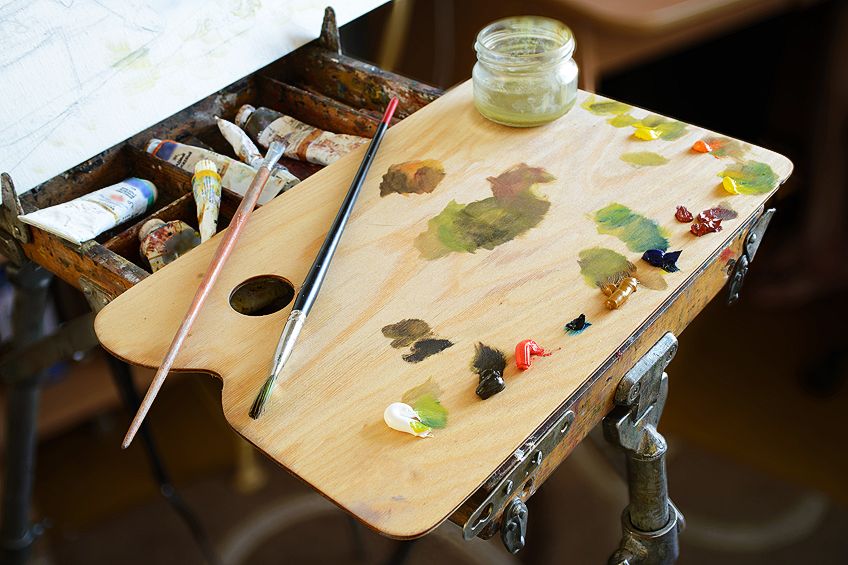
The Various Mediums for Drying
If you have been wondering how to dry oil paint overnight, or if that is even possible, this is where we will clarify that. Fast-drying oil paints are a lot of professional artists’ dreams because they would be able to finish their artworks in a much shorter period. Applying a very thin layer is how to dry oil paint overnight, or you can use alkyd paint, which is great to use in the place of oil paint. Galkyd, made by Gamblin, and Liquin, made by Winsor & Newton, are the two most known of all the drying mediums.
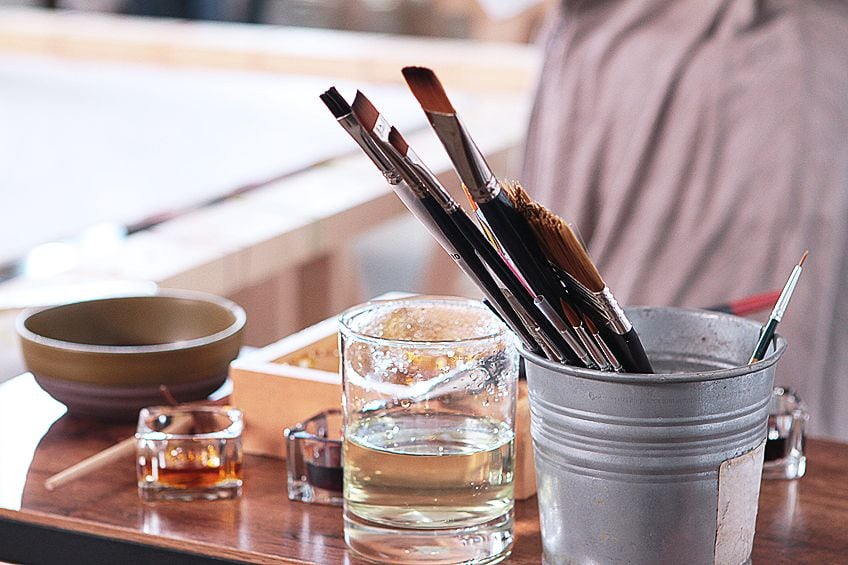
Using a Base Coat of Acrylic Paint
Painting is often a process in which several layers of paint are applied, each of which takes some time to dry before the next layer can be applied, and the best base coat for a fast-drying oil paint artwork is done using acrylic paint.
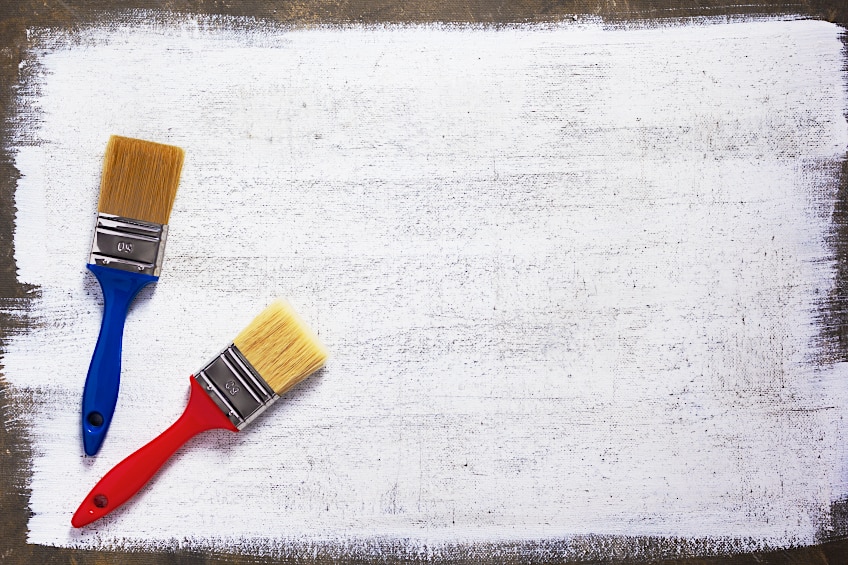
Preparing the Surface with a Primer
Adding a primer is a great way to make a nonabsorbent surface more porous to increase its absorbency. Gesso is a great option, and the most commonly used amongst professional artists. Priming your surface before you paint will also make the colors more vibrant and will increase the longevity of your artwork.
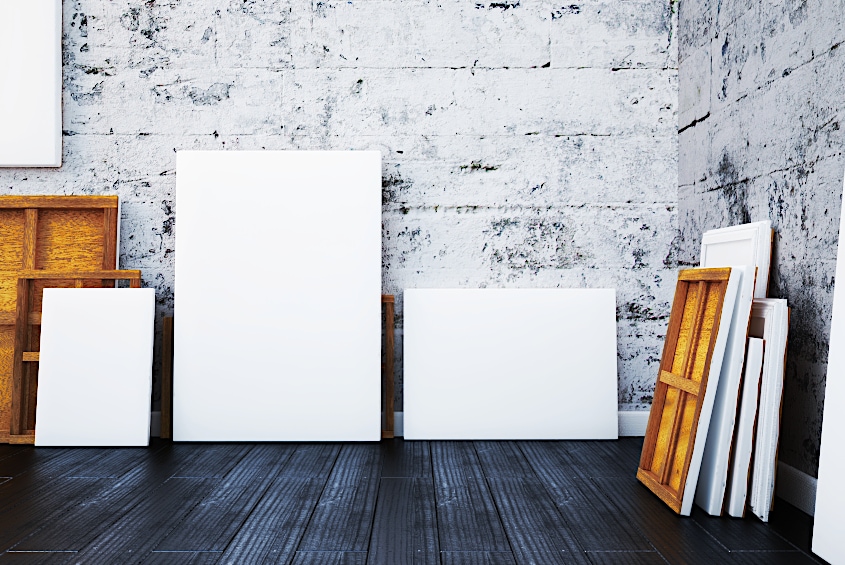
Flat Surface to Paint
The ideal surface to paint on should be a flat one. If the surface you are painting on is curved or dented with slight grooves, the paint will gather in the crevices and thus take longer to dry.
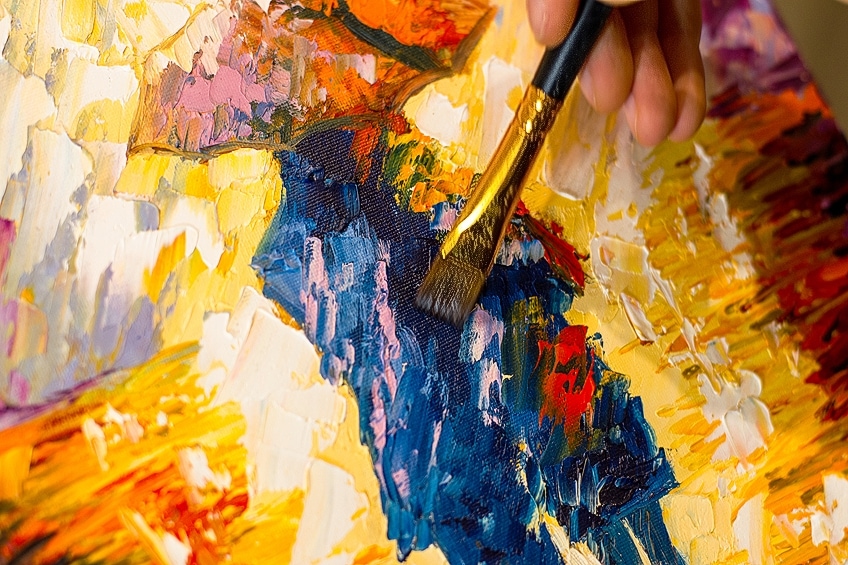
Avoid these Mistakes
We have covered a fair amount of pointers about how you can make oil paints dry faster, but there are a few things that you should try to prevent from happening. You can avoid making these certain mistakes simply by being made aware of them. Here are a few examples.
- Try not to leave the painting outdoors because this could put it at risk of dust fall
- Increasing the heat too fast can sometimes make the oil paint crack as it dries, so avoid an oven, or a hairdryer to dry your artwork.
- Direct sunlight exposure for a long period is not good for oil paintings, so try not to leave it close to a window without curtains
Oil Paint Drying Time Comparison Table
Oil paintings tend to dry over a long period, from 8 hours to a few days even. There are a few methods you can try out that will help speed up the process of drying, like the techniques mentioned previously. We have made a table that compares the success rate of all the various techniques so that you can make a more informed decision for yourself.
| Drying Technique | The Cost | Estimated Drying Time | Is It Toxic? |
| Environment | Free | Ideally in a warm and dry environment, preferably not outside | ✘ |
| Heat (Not suggested) | Cost of the heating tool and the electricity used | Takes up to four hours | ✘ |
| Drying Solvent | The Cost | Estimated Drying Time | Is It Toxic? |
| Turpentine | Inexpensive | One or two days | ✔ |
| Mineral Spirits | Inexpensive | One or two days | ✔ |
| Spike Lavender | Inexpensive | One or two days | ✘ |
| Drying Medium | The Cost | Estimated Drying Time | Is It Toxic? |
| Galkyd | Costly | One day | ✔ |
| Liquin | Costly | One or two days | ✔ |
| Walnut Alkyd | Costly | One or two days | ✘ |
How to Determine if the Oil Paint is Dry
Now that your painting is complete, you might have waited a day or two for the paint to dry naturally, or you possibly tried out one of the above-mentioned techniques for drying your paint, and now you need to work out if the technique worked and if the paint is dry.

The first thing to understand is that when you touch it and it feels dry, it does not necessarily mean it has cured properly. One way to make sure it has properly dried is to use a sharp knife or a blade and slightly scrape an inconspicuous area of your painting. If the paint seems oily still, it is not dry, but if it crumbles slightly powdery, then it is dry.
Fast-drying oil paint might have seemed like a thing of dreams, but with technology improving, so do our art mediums. Enjoy the professionalism of oil paint, without the annoying wait for drying times! Happy painting!
Frequently Asked Questions
Why Does Oil Paint Take so Long to Dry?
Oil paint dries through a process know as oxidation. This typically takes a while to complete, from one to two days. This is not similar to the evaporation of the liquid component in a water-based paint, but is a slow natural chemical reaction that occurs when oil comes into contact with oxygen. Some oil paint brands take weeks to dry. Some pigments that are added into the oil paints also take longer to dry than other pigments, and the climate will have a big impact on the length of time oil paints take to dry.
Will an Acrylic Paint Base Work with Oil Paints?
If you are looking for a fast-drying oil paint artwork experience, try painting your base coat using acrylic paint, as acrylic dries much faster than oil paint does
How to Dry Oil Paint Overnight?
Oil paint and alkyd paint are very similar and used interchangeably. Alkyd paint dries quite quickly in comparison to oil paint so if you want an artwork that looks like it was painted with oil paints but can be worked on without the extended drying times, use alkyd paint instead. It is also possible to combine them.
Is It Possible to Dry Oil Paints Using a Hairdryer?
You could dry your artwork with a hairdryer, but the intense heat is not ideal for oil paint. This can cause your artwork to crack under heat pressure. We suggest leaving the painting in a room that has been heated slightly with a dehumidifier as well.
How Do I Make Oil Paint Dry Faster?
There are some other mediums that you can add to your oil paint that will help it dry faster. You could also try making the oil paints consistency thinner by adding some turpentine or chemical solvents and this will help the paint dry faster. When you are painting your painting, you could also try painting your paint in thinner layers.
Larissa Meyer is a 32-year-old mother from Michigan and creative spirit since childhood. Her passion for painting and drawing has led her to an education as an illustrator and a career as a freelance graphic designer. She has a Bachelor of Fine Arts in Illustration and a degree in Graphic Design. Larissa is a talented artist who is able to master a wide range of styles and techniques to bring her artistic vision to life. Her greatest passion is currently fluid painting and epoxy resin art. Larissa’s love for art and her knowledge and experience in illustration make her the perfect Creative Director for our fluid-painting.com team. She is the creative head of our team and shares her passion and knowledge with our community through articles and tutorials.
As a mother of a 2-year-old daughter, Larissa also understands the importance of fostering creativity in early childhood. She uses her experience and knowledge to help other parents inspire their children and develop their artistic skills as well.
Learn more about Larissa Meyer and about us.

